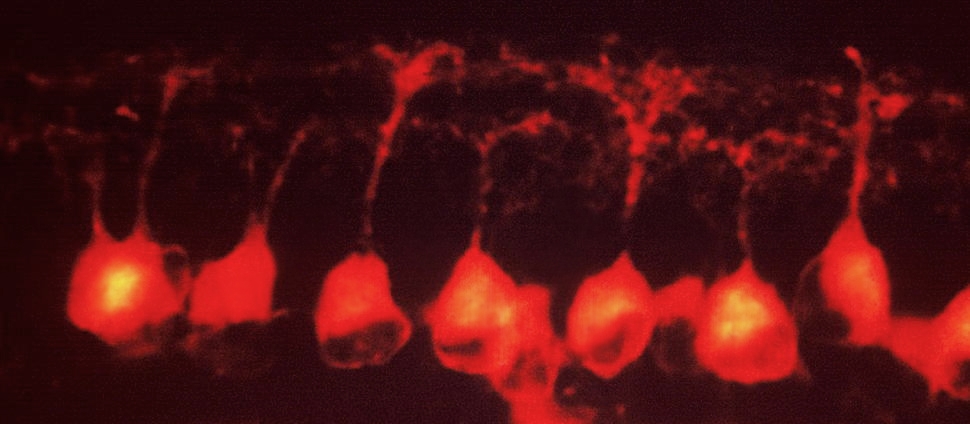Cytoplasmic Carboxypeptidase 5 Regulates Tubulin Glutamylation and Zebrafish Cilia Formation and Function
Archived as published. Open access article.
Abstract
Glutamylation is a functionally important tubulin posttranslational modification enriched on stable microtubules of neuronal axons, mitotic spindles, centrioles, and cilia. In vertebrates, balanced activities of tubulin glutamyl ligase and cytoplasmic carboxypeptidase deglutamylase enzymes maintain organelle- and cell type-specific tubulin glutamylation pat terns. Tubulin glutamylation in cilia is regulated via restricted subcellular localization or ex pression of tubulin glutamyl ligases (ttlls) and nonenzymatic proteins, including the zebrafish TPR repeat protein Fleer/Ift70. Here we analyze the expression patterns of ccp deglutamy lase genes during zebrafish development and the effects of ccp gene knockdown on cilia formation, morphology, and tubulin glutamylation. The deglutamylases ccp2, ccp5, and ccp6 are expressed in ciliated cells, whereas ccp1 expression is restricted to the nervous system. Only ccp5 knockdown increases cilia tubulin glutamylation, induces ciliopathy phenotypes, including axis curvature, hydrocephalus, and pronephric cysts, and disrupts multicilia motility, suggesting that Ccp5 is the principal tubulin deglutamylase that maintains functional levels of cilia tubulin glutamylation. The ability of ccp5 knockdown to restore cilia tubulin glutamyla tion in fleer/ift70 mutants and rescue pronephric multicilia formation in both fleer- and ift88-deficient zebrafish indicates that tubulin glutamylation is a key driver of ciliogenesis. © 2014 Pathak et al.

